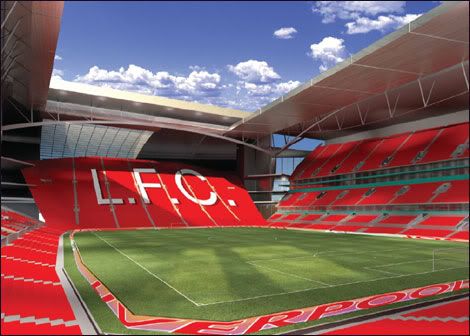pissedagain
Well-Known Member
- Joined
- 5 Sep 2008
- Messages
- 3,226
anyone who does not think that we will fill the stadium are just kidding themselves, we will buy real quality players and it will be full of day trippers every week, when we start winning things and we will the likes of torres and that will start saying how they got it wrong and now want to be part of the project...just hang in there take all the shit off the rag papers etc because they can say what they like it is going to happen


